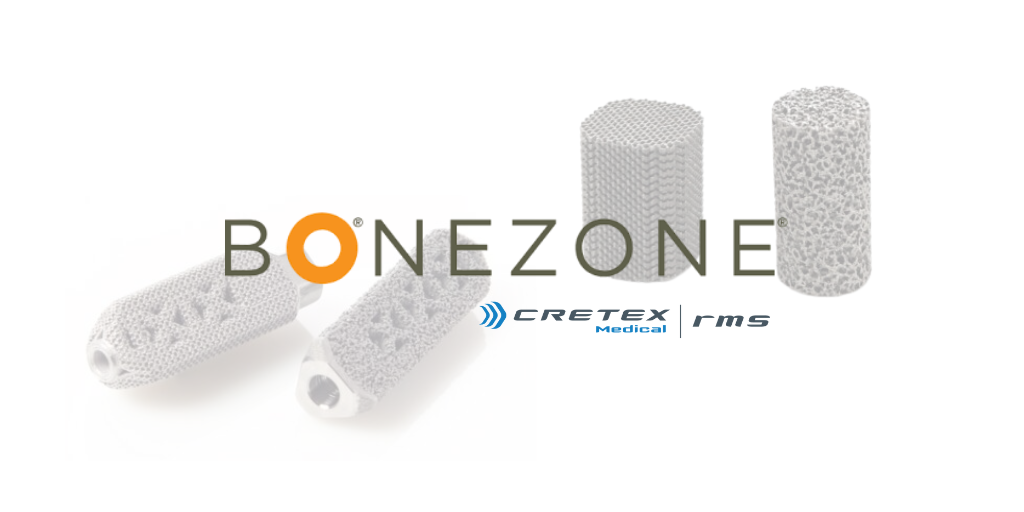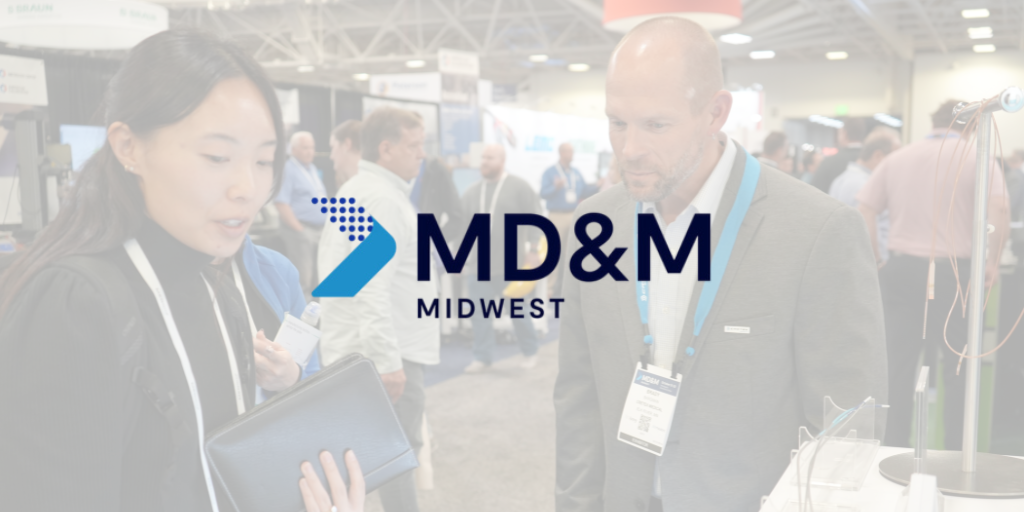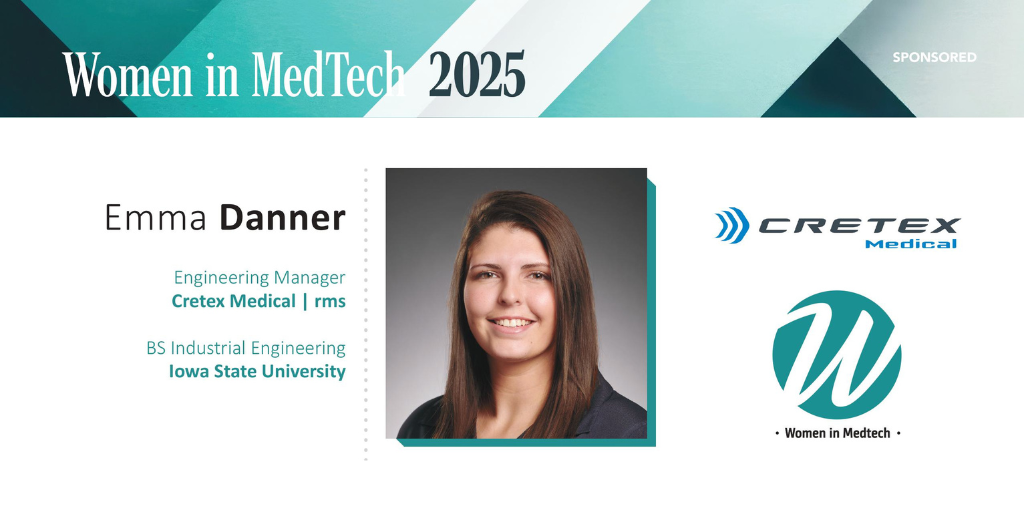New users of metal additive manufacturing (AM) may not realize nearly everything made via metal AM needs to undergo some degree of heat treatment following the AM process. There are exceptions, but it is usually a good idea to heat treat your products – especially if they are for a demanding application like the medical implants produced at rms Company.
There are three main motivations for heat treating Ti6AI4V medical implants produced via laser beam powder bed fusion (PBF-LB): to relieve residual stresses, modify the microstructure, and eliminate processing defects.
Relieve Residual Stresses
AM parts can build up significant amounts of residual stress during the PBF-LB process. This is because different regions in a part may experience a different thermal history. The larger and more asymmetrical the part is, the more significant the residual stresses will be. Residual stresses can contribute to a range of problems for AM parts and should be reduced or eliminated. At a minimum, residual stresses can cause premature cracking or failure in your part by creating stress concentrations. In the worst case, they can result in parts that resemble bananas or potato chips. Residual stresses can also be problematic for machinists as parts can change dimensions while milling features to final dimensions.
Depending on the geometry of your part, you may need to heat treat it on the build substrate to combat residual stresses. A good rule of thumb is if you need to use substantial, thick supports on your parts, which act more as anchors, it is probably necessary to heat treat your part on the build substrate.
Modify the Microstructure
On a basic level, the PBF-LB process is akin to producing miles of thin welds. As a result, you end up with what is essentially an as-welded microstructure in your AM parts. The bigger picture is much more complicated than that; factors like part geometry, cooling rate, scan paths, and laser energy density all influence the microstructure as well. However, these variables only allow you to do so much. Post AM heat treatment is usually necessary to achieve a microstructure that is desirable to optimize the performance of your AM product. Ti6Al4V is relatively straightforward compared to other AM alloys like stainless steels, aluminums, and nickel-based alloys, but annealing is usually necessary to achieve the mechanical properties designers expect from the alloy. For Ti6Al4V, this is typically conducted in a vacuum furnace to protect the surface chemistry of the parts.
Eliminate Processing Defects
Hot Isostatic Pressing, often referred to as HIP, is a heat treatment often utilized as a post-AM heat treatment due to its ability to close and ‘heal’ internal processing defects enclosed in metal AM components. HIP applies a significant amount of pressure to parts as they are being heat-treated which eliminates internal voids and microporosity through a combination of plastic deformation, creep, and diffusion bonding. The temperature range necessary to eliminate defects is quite high, so this process also relieves residual stresses and anneals the material. In fact, the temperature range is so high for Ti6Al4V that it can actually decrease mechanical performance of your products due to grain growth [1].
Choosing the appropriate heat treatment for your metal AM product is critical to the success of your product. There is no universal heat treatment that is ideal for all AM products. Historically, nearly all Ti6Al4V medical implants have undergone hot isostatic pressing because the community was concerned about the effects of internal voids from the AM process on mechanical performance.
A lot has changed in metal AM since the first medical devices hit the market and it is time to start re-evaluating whether HIP is appropriate for all AM products. Research has shown that you may be able to achieve better mechanical properties without HIP. Advancements in Computed Tomography (CT) scanning and in-process monitoring can provide confidence in AM processes’ ability to produce parts without critical defects.
To learn more, reach out to rms Company. Our experts will discuss your application needs and help you establish the appropriate post-AM heat treatment for your product.
-
Antonio Cutolo et al., “Effect of Heat Treatments on Fatigue Properties of Ti–6al–4v and 316L Produced by Laser Powder Bed Fusion in as-Built Surface Condition,” The Minerals, Metals &Amp; Materials Series, 2019, pp. 395-405, https://doi.org/10.1007/978-3-030-05861-6_36.



